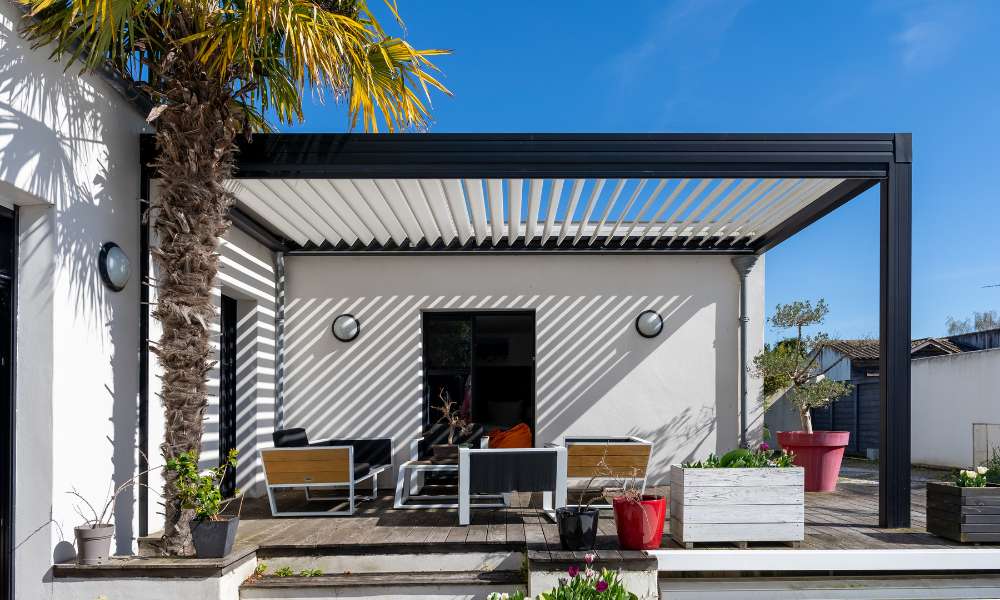Building a pergola off the house is an excellent way to enhance your outdoor living space, offering both aesthetic appeal and practical benefits. This architectural feature not only elevates the beauty of your home but also provides a shaded area to relax and entertain. Understanding what is important when planning to build a pergola off the house is key to ensuring a successful project. From selecting the right materials to considering the orientation for optimal sunlight and shade, each step is crucial. Moreover, the addition of a pergola can increase your property’s value, making this a worthwhile investment. Whether you’re a DIY enthusiast or planning to hire professionals, exploring how to build a pergola off the house is a rewarding endeavor that can transform your outdoor area into a charming and functional retreat.
Do I Need A Permit To Build A Pergola Off My House?
Yes, in most cases, you will need a permit to build a pergola attached to your house. Building codes and regulations vary by location, so it’s important to check with your local government or building department to determine the specific requirements for your area. Permits are typically required for any structure that is attached to a house, as they ensure that the construction meets safety standards and zoning regulations.
How Much Does It Cost To Build A Pergola Off The House?
The cost of building a pergola off the house can vary depending on various factors such as size, materials used, and labor costs. On average, you can expect to pay anywhere from $2,000 to $10,000 for a basic arbor installation. If you opt for higher-end materials or custom designs, the cost can go up significantly.
Are There Any Maintenance Tasks Required For A Pergola Attached To The House?
Yes, there are some maintenance tasks that may be required for a pergola attached to the house in order to ensure its longevity and structural integrity. Regular inspections should be conducted to check for any signs of damage, such as rotting wood or loose bolts. It is important to keep the pergola clean by removing debris and dirt that can accumulate over time, as this can lead to deterioration of the materials.
Mark Out The Pergola’s Footprint

Before any construction begins, accurately marking out the pergola’s footprint is crucial. Start by determining the exact location where the arbor will be attached to your house. Use string lines and stakes to outline the area based on your design plans. This initial step is vital as it affects the entire layout and the ultimate stability and functionality of the arbor. Ensure that you check for any underlying utilities and obtain necessary permissions from local authorities before proceeding. This careful planning will help avoid costly mistakes and adjustments later in the project.
Use Proper Fasteners And Hardware
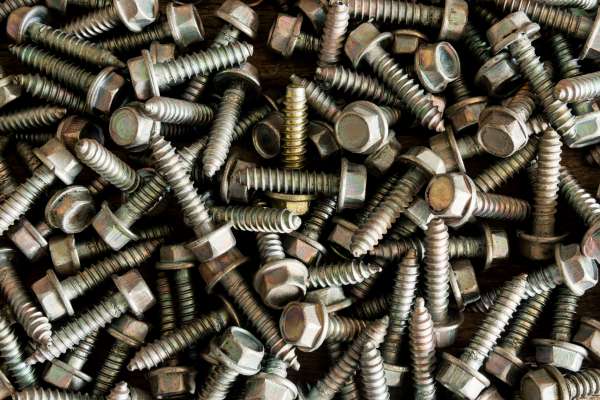
Selecting the right fasteners and hardware is essential for building a pergola that is durable and secure. Opt for high-quality, weather-resistant materials such as stainless steel or galvanized steel which can withstand the elements and prevent rust. The strength of your pergola relies heavily on the quality of these materials. Additionally, make sure that the fasteners are appropriate for the type of wood and the load they will support. Using the correct hardware not only enhances the structural integrity of your arbor but also ensures it remains safe and sturdy for years to come.
Installing The Rafters And Purlins
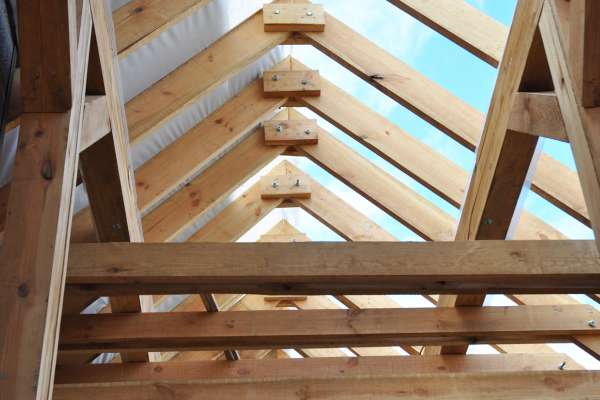
Once the posts are secured, the next step is to install the rafters and purlins. These are the horizontal beams that will support the roof of the pergola. Start by fixing the rafters to the top of your pergola’s posts, ensuring they are evenly spaced and parallel. After the rafters are in place, install the purlins across the rafters. Not only do these add additional support, but they also give the arbor its characteristic look. Make sure to measure and cut each piece accurately to ensure they fit perfectly, maintaining an even and aesthetically pleasing spacing throughout.
Dealing With Wood Rot
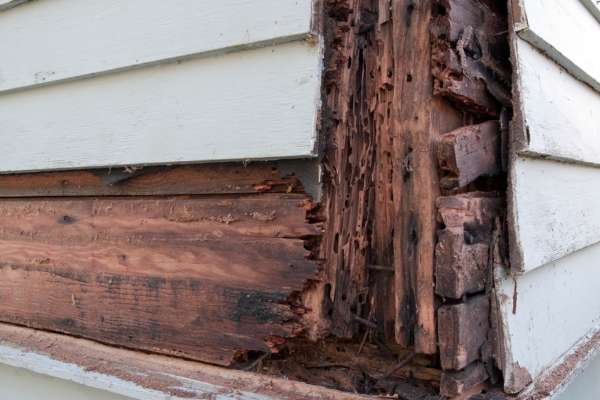
Wood rot can be a significant problem when building a pergola, especially in humid climates or if the wood is in direct contact with the ground. To prevent wood rot, choose rot-resistant wood such as cedar, redwood, or pressure-treated pine. Additionally, apply a water-repellent sealant to all wooden components before assembly to further protect against moisture and decay. Regular maintenance, including inspecting the wood and reapplying sealant as needed, will help prolong the life of your arbor and keep it looking its best.
Add Lattice Panels For Climbing Plants
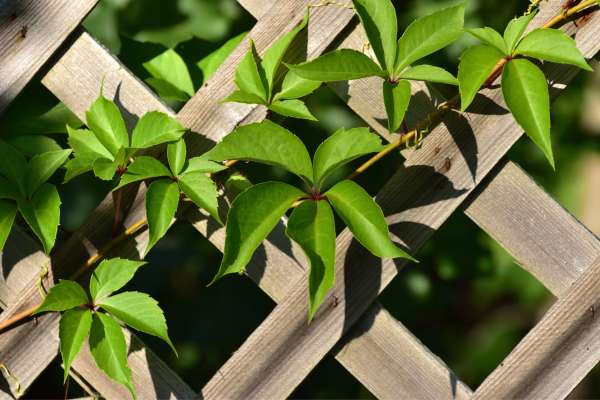
One of the most enchanting features you can incorporate when you build a pergola off the house is adding lattice panels. Lattice work not only enhances the visual appeal but also serves as a robust framework for climbing plants. Whether you choose fragrant jasmine, vibrant clematis, or classic ivy, these plants will intertwine with the structure, creating a lush, natural canopy that offers additional shade and privacy. Moreover, the organic growth can help cool the area beneath the arbor, making it a perfect retreat during warmer months. To ensure longevity, opt for weather-resistant materials like cedar or treated pine for your lattice panels, which can withstand the elements and support the weight of growing plants.
Sand Any Rough Edges

Sanding is not just about aesthetics but is fundamental in creating a professional-looking and long-lasting pergola off the house. It’s an integral part of the construction process that demonstrates attention to detail and dedication to ensuring precision in every aspect of your project. So next time you embark on building a pergola attached to your home, remember to take care in sanding any rough edges – it may seem like a small step but can make a significant difference in the end result.
Ensure The Structure Is Stable

Paying attention to proper anchoring methods is crucial for ensuring structural stability. Whether you are attaching the pergola directly to the house or building it as a standalone structure, using appropriate hardware and fasteners will help keep everything securely in place. Regularly inspecting and maintaining the structure will also help identify any potential issues early on and prevent stability problems down the line. By following these tips and taking necessary precautions, you can create a durable and stable arbor that enhances your outdoor living space for years to come.
Tips For Maintenance
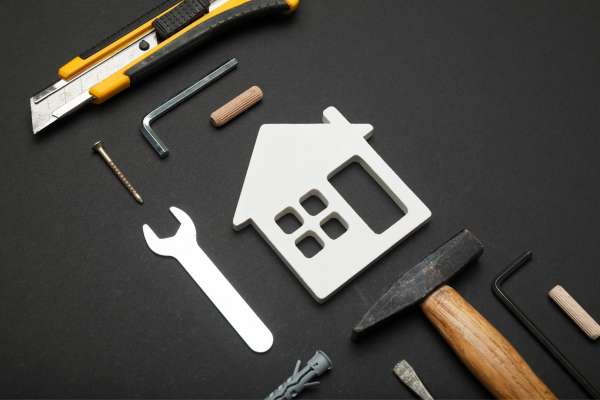
1. Regularly Inspect For Wear
Consistent monitoring of your pergola is crucial to maintaining its longevity and aesthetic. By conducting regular inspections, you can catch early signs of wear and tear, which could evolve into more significant issues if left unaddressed. Look out for cracks, rot, or warping in the wood, rust on metal fixtures, and any loosening of the connections. These inspections are especially important after harsh weather conditions, as extreme elements can accelerate damage. Early detection allows you to manage repairs promptly, ensuring that your pergola remains a safe and beautiful extension of your home.
2. Vegetation From The Structure
Vines and climbing plants can add a picturesque quality to your pergola and can also cause damage if not properly managed. It’s important to keep vegetation from overwhelming the structure. Heavy plants can strain the framework of your arbor, potentially leading to structural compromise. Regularly trim back foliage to manage the weight and prevent any moisture retention against the wood, which can lead to decay. Ensure that any plants growing on or near your pergola are suitable and do not pose a risk to its integrity.
3. Perform Any Necessary Repairs Promptly
Prompt repairs are crucial for the longevity of a pergola. If your regular inspections reveal any problems, such as loose fittings, broken beams, or peeling paint, address these issues immediately. Delaying repairs can lead to more significant damage, potentially compromising the arbor structure and safety. For wooden pergolas, it might involve sanding down rough spots and applying a fresh coat of weather-resistant sealant or paint. For metal structures, this could mean applying rust-resistant treatments or replacing specific parts. By handling repairs promptly, you can maintain the aesthetic appeal and functionality of your pergola, ensuring it continues to provide a delightful outdoor space for years to come.
The Final Thought
Building a pergola off the house can greatly enhance the outdoor living space and add value to your home. By following the step-by-step guide outlined in this article, you can create a beautiful and functional structure that will provide shade, beauty, and relaxation for years to come. Remember to carefully plan and prepare before starting the construction process, ensuring that all necessary permits are obtained and safety measures are in place. With dedication, patience, and attention to detail, you can successfully build a pergola that complements your home’s architecture and meets your specific needs. So go ahead, grab your tools, gather your materials, and start building your dream arbor today!
